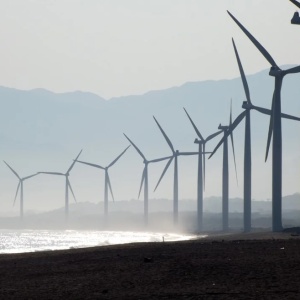
This short and highly readable paper argues that “creative imagination” and positive stories about the future are necessary for generating solutions, in contrast to “purely technocratic” approaches, which fail to motivate people. It sketches out three possible scenarios for biodiversity and food production in the year 2050, noting that none are inevitable.
The three scenarios are:
- Basic needs: Society’s basic needs are met through a combination of food rationing, local food production and frugality. Some important ecosystems have been protected and emissions have flatlined, but environmental action may have come too late to protect some species and avoid some climate impacts.
- Wildlife rules: Food is provided through highly technological and intensive means. Some ecosystems are protected, fenced off from society and defended with drones. Climate action did not happen quickly enough to protect Arctic wildlife.
- Climate first: Stringent climate mitigation measures such as nuclear power, wind power, large areas of biofuel production and carbon-capturing forests have averted the worst impacts of climate change, but at great cost to people. Travel is restricted and even Indigenous people are not permitted to live in the protected Amazon.
Abstract
Biodiversity research is replete with scientific studies depicting future trajectories of decline that have failed to mobilise transformative change. Imagination and creativity can foster new ways to address longstanding problems to create better futures for people and the planet.
Reference
Wyborn, C., Davila, F., Pereira, L., Lim, M., Alvarez, I., Henderson, G., Luers, A., Harms, M.J.M., Maze, K., Montana, J. and Ryan, M., 2020. Imagining transformative biodiversity futures. Nature Sustainability, 3(9), pp.670-672.
Read the full paper here or here (PDF link). See also the Foodsource building block What is the land sparing-sharing continuum? and the FCRN report Gut feelings and possible tomorrows: (where) does animal farming fit?







Post a new comment »